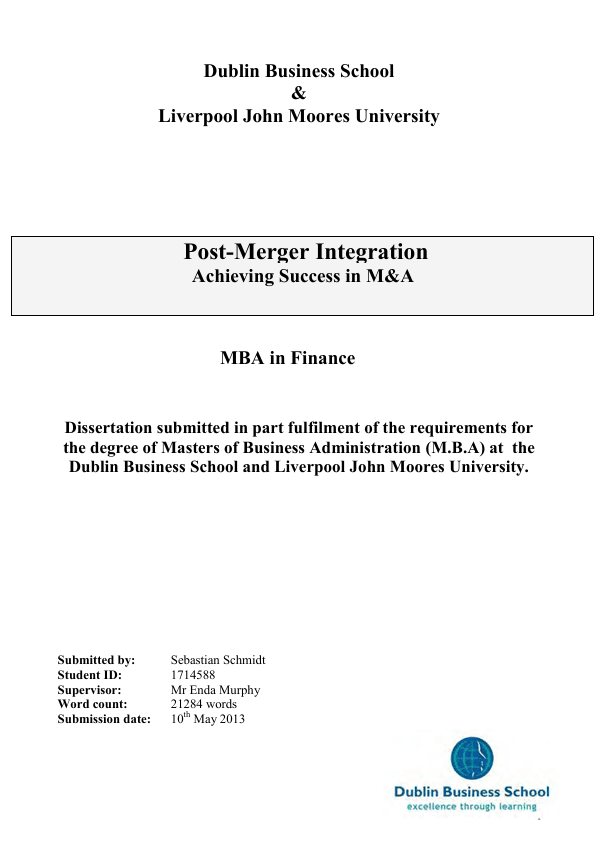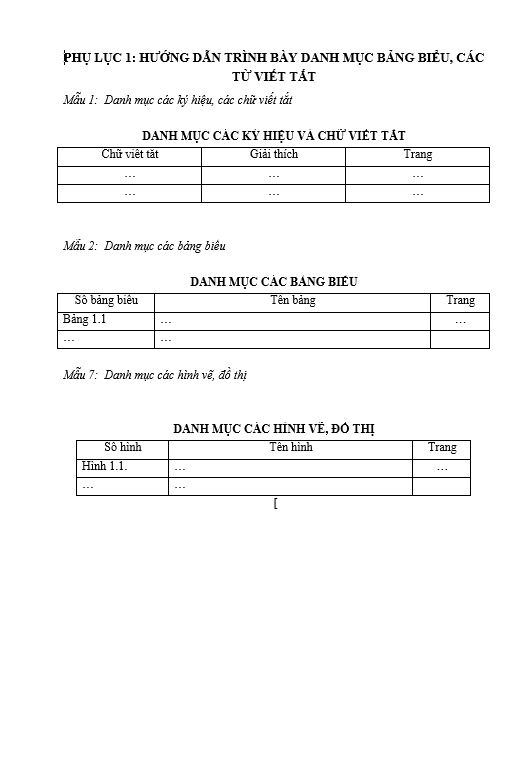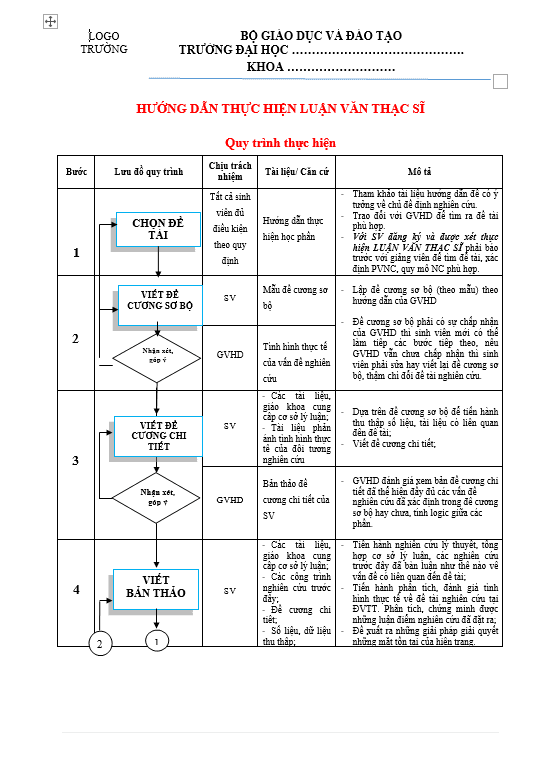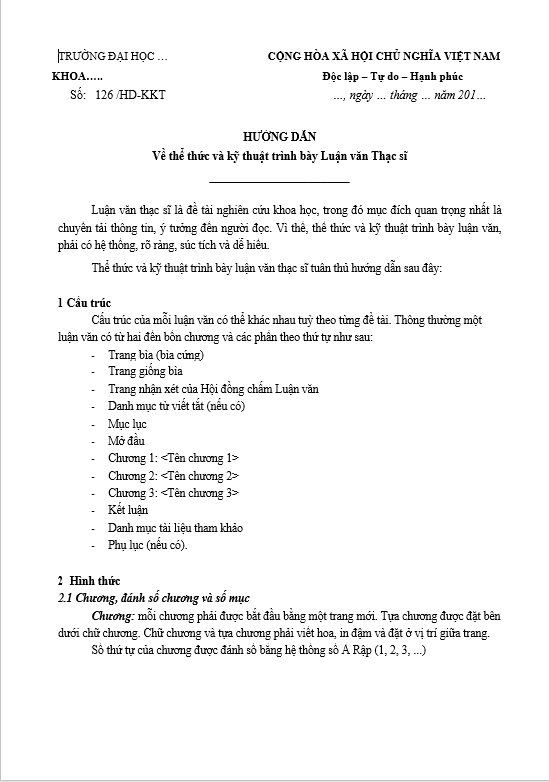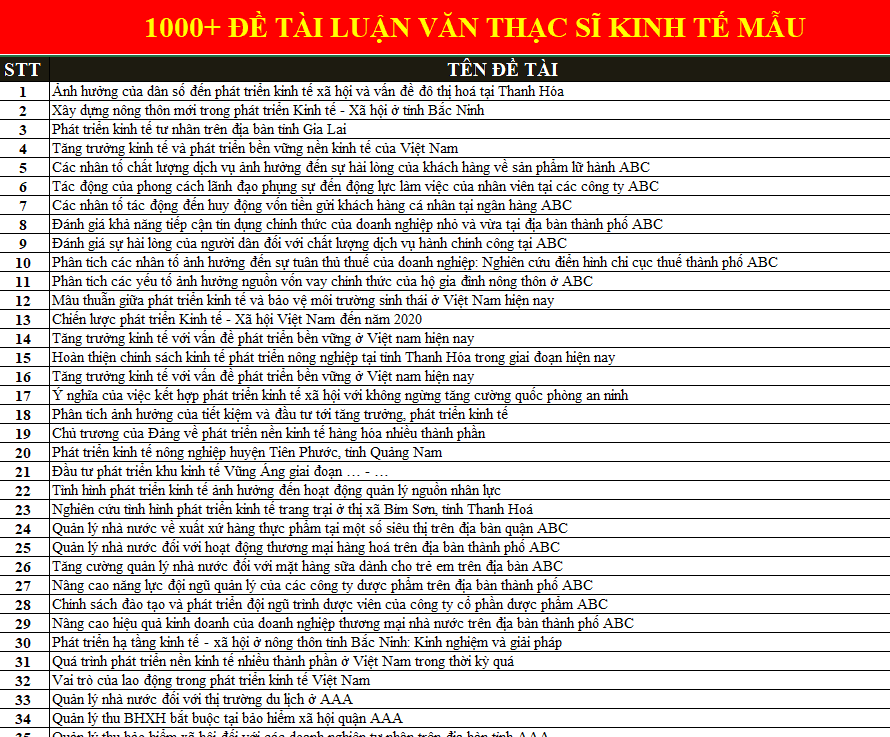Table of contents
DECLARATION ………………………………………………………………………………………………………. 1
ACKNOWLEDGMENTS …………………………………………………………………………………………. 2
ABSTRACT ……………………………………………………………………………………………………………… 3
LIST OF FIGURE …………………………………………………………………………………………………….. 4
LIST OF TABLES ……………………………………………………………………………………………………. 4
CHAPTER 1 – INTRODUCTION ……………………………………………………………………………… 5
1. The merger and acquisition market………………………………………………………………………………….. 5
2. Background of the Issue………………………………………………………………………………………………… 6
3. Research aim…………………………………………………………………………………………………………………. 9
4. Research objective…………………………………………………………………………………………………………. 10
5. Approach to the dissertation……………………………………………………………………………………… 11
6. Suitability of the researcher and interest in the subject………………………………………… 11
7. Scope and limitations of the research………………………………………………………………….. 12
7.1 Scope………………………………………………………………………………………………………….. 12
7.2 Limitation…………………………………………………………………………………………………………. 12
8. Organisation of the dissertation……………………………………………………………………………………… 13
CHAPTER 2 – LITERATURE REVIEW:………………………………………………………………… 15
1. Fundamentals for this study…………………………………………………………………………………………….. 15
1.1 The term M&A……………………………………………………………………………………………………. 15
1.2 M&A forms………………………………………………………………………………………………………… 16
1.3 The M&A industry………………………………………………………………………………………………………… 18
1.4 M&A in Germany…………………………………………………………………………………………………….. 20
1.5 The strategic decision of mergers and acquisitions………………………………………….. 20
1.6 Different Phases of M&A……………………………………………………………………………. 22
1.7 Culture…………………………………………………………………………………………………………. 23
1.7.1 Definition culture ………………………………………………………………………………………….. 23
1.7.2 Definition corporate culture …………………………………………………………………………. 24
1.7.3 Corporate Culture as a success factor…………………………………………………………. 24
2. Synergies…………………………………………………………………………………………………………… 26
2.1 The term synergies………………………………………………………………………………………. 26
2.2 Fundamentals according to Ansoff……………………………………………………………………….. 27
2.3 Synergy Potentials through M&A……………………………………………………………………….. 28
3. Post Merger Integration (PMI)………………………………………………………………………………. 30
3.1 Integration – A definition……………………………………………………………………………………….. 31
3.2 The significance of corporate culture for the……………………………………………………… 32
3.2.1 Culture collision ……………………………………………………………………………………………….. 32
3.2.2 The Merger Syndrome ………………………………………………………………………………… 33
3.3 Post merger integration models………………………………………………………………………. 33
3.3.1 Integration approach of Buono and Bowditch ………………………………………………………….. 34
3.3.2 Integration approach of Cartwright and Cooper ……………………………………………………… 37
3.3.4 Acculturation model of Nahavandi and Malekzadeh …………………………………………………. 38
3.3.5 Integration approach of Keller ………………………………………………………………………………. 39
3.3.5 Critical appreciation of the integration models ………………………………………………….. 41
CHAPTER 3 – RESEARCH METHODOLOGY AND RESEARCH METHODS ……… 43
1. Research questions……………………………………………………………………………………….. 43
2. Research philosophies………………………………………………………………………………… 45
2.1 Research paradigms……………………………………………………………………………………………………. 47
2.1.1 Positivism ……………………………………………………………………………………………………………….. 47
2.1.2 Realism ………………………………………………………………………………………………………… 47
2.1.3 Pragmatism …………………………………………………………………………………………………… 47
2.1.4 Interpretivism ………………………………………………………………………………………………… 48
2.2 Research approach………………………………………………………………………………………. 48
2.3 Research strategies……………………………………………………………………………………………….. 49
2.3.1 Experiments …………………………………………………………………………………………………. 49
2.3.2 Surveys ……………………………………………………………………………………………………………….. 50
2.3.3 Action Research …………………………………………………………………………………………………. 50
2.3.4 Grounded theory ………………………………………………………………………………………………. 50
2.3.5 Ethnography …………………………………………………………………………………………………… 51
2.3.6 Archival Research…………………………………………………………………………………………………….. 51
2.3.7 Case Studies………………………………………………………………………………………………………. 51
3. Research choices……………………………………………………………………………………………….. 52
4. Research time horizons………………………………………………………………………………………….. 53
4.1 Cross-sectional…………………………………………………………………………………………………….. 53
4.2 Longitudinal………………………………………………………………………………………………………………. 53
5. Structure of the research method – Framework………………………………………………………….. 54
6. Data collection and data analysis……………………………………………………………………………. 55
6.1 Type of data collecting………………………………………………………………………………………………… 55
6.2 Data analysis…………………………………………………………………………………………………………… 56
6.3 Population and Sample……………………………………………………………………………………………… 57
6.4 Ethical Issues……………………………………………………………………………………………………….. 57
6.5 Limitations to the research……………………………………………………………………………………………. 57
6.6 Personal biases…………………………………………………………………………………………………… 58
CHAPTER 4 – RESEARCH FINDINGS AND DATA ANALYSIS ……………………………. 59
1. Findings………………………………………………………………………………………………………………….. 61
CHAPTER 5 – CONCLUSION AND RECOMMENDATIONS ………………………………… 66
1. Implementation of an integration management…………………………………………………….. 66
2. Integration speed…………………………………………………………………………………………………….. 67
3. Corporate Cultures…………………………………………………………………………………………………….. 67
4. Communication…………………………………………………………………………………………………………… 68
5. Overall Conclusion……………………………………………………………………………………………………….. 69
6. Limitation and Suggestions for Further Research……………………………………………………… 69
CHAPTER 6 – SELF-REFLECTION ON OWN LEARNING …………………………………… 71
1. Learning styles………………………………………………………………………………………………………. 71
2. Review on learning…………………………………………………………………………………………………. 75
3. Master of Business Administration´s experience and learning………………………………………… 76
4. Conclusion………………………………………………………………………………………………………… 76
APPENDIX …………………………………………………………………………………………………………….. 78
BIBLIOGRAPHY …………………………………………………………………………………………………… 80

